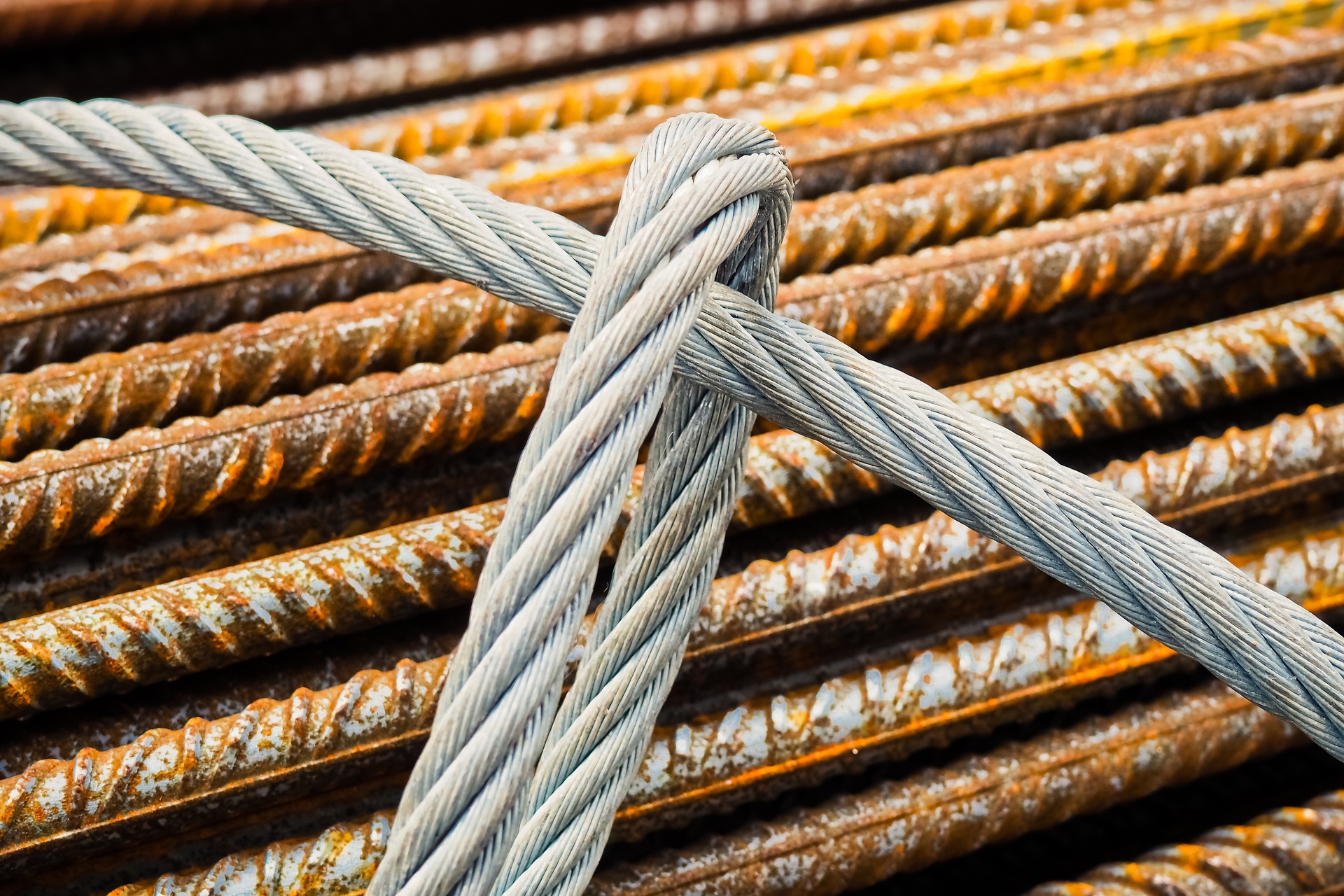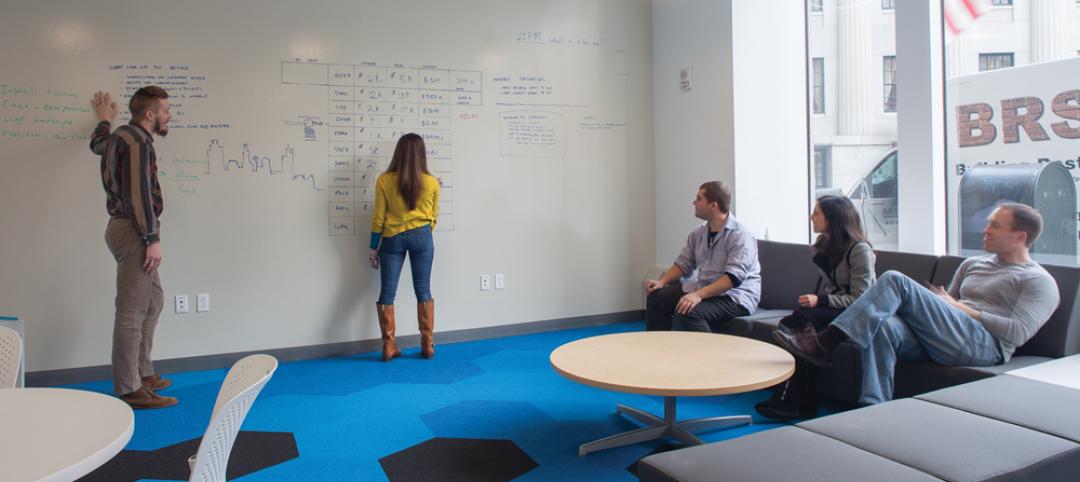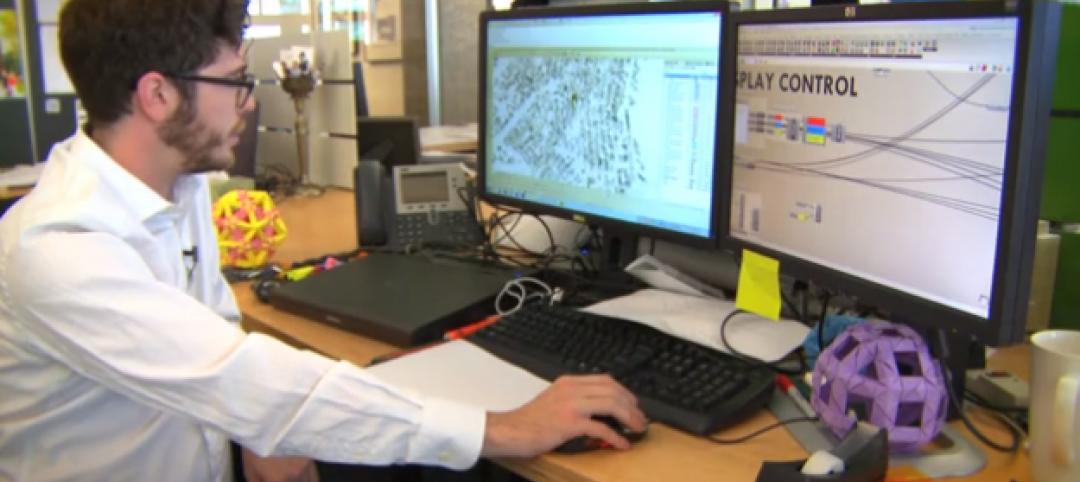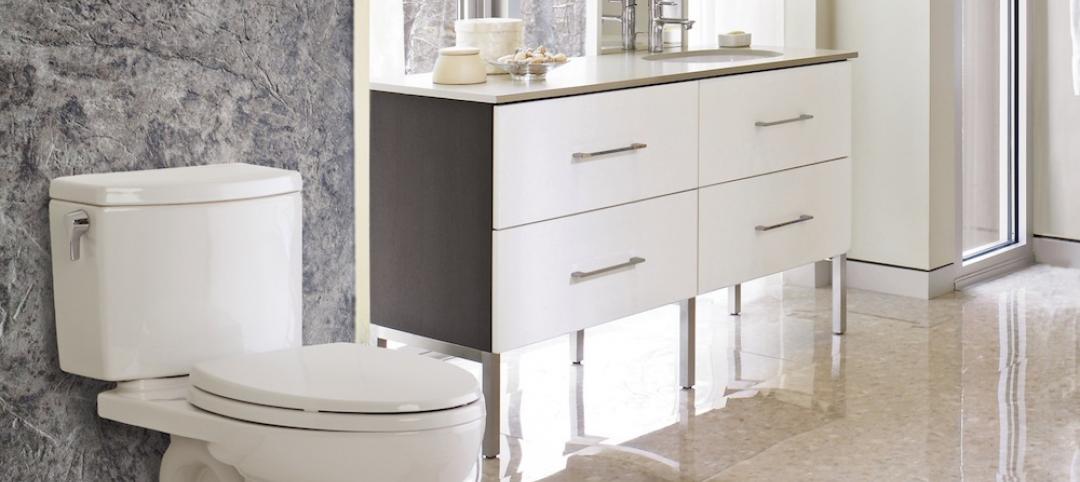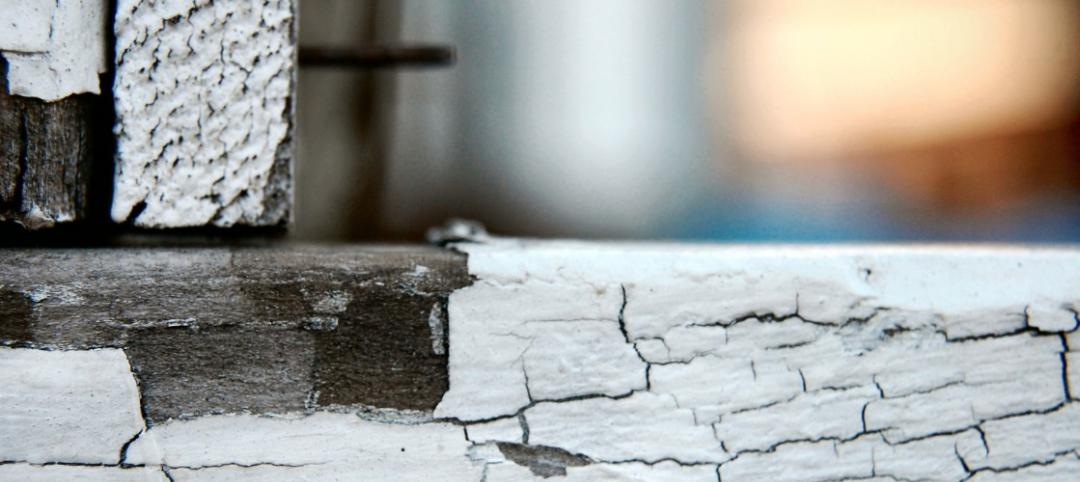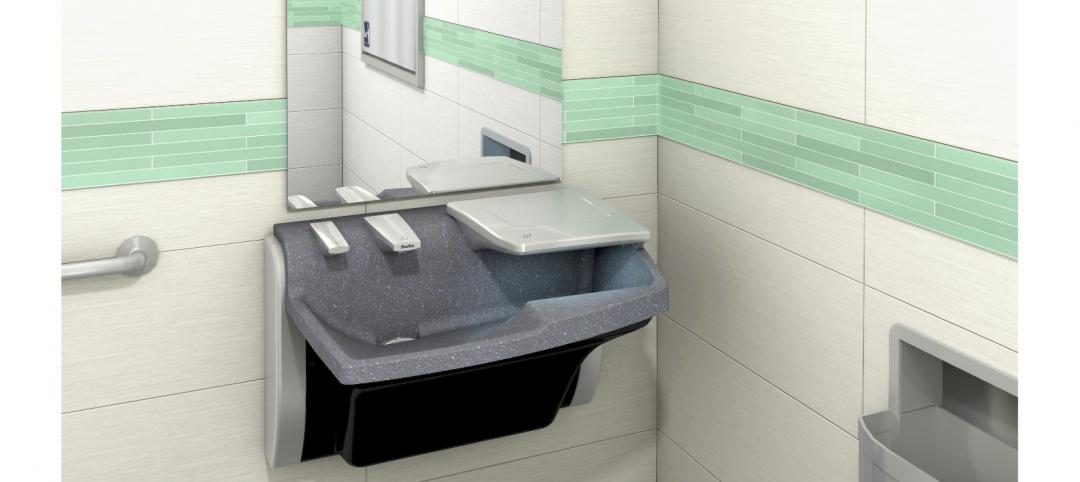The U.S. Environmental Protection Agency will provide 38 grant recipients with nearly $160 million to support efforts to report and reduce climate pollution from the manufacturing of construction materials and products.
The grants will be awarded to businesses, universities, and nonprofit organizations to help disclose the environmental impacts associated with manufacturing concrete, asphalt, glass, steel, wood, and other materials. The grants will support the Federal Buy Clean Initiative, which leverages the U.S. government’s position as the largest purchaser on Earth to catalyze demand for clean construction materials used in federal buildings, highways, and infrastructure projects.
Ranging from $250,000 to $10 million, the grants will help businesses develop environmental product declarations (EPDs) that show environmental impacts across the life of a product and can catalyze more sustainable purchasing decisions by allowing buyers to compare products. Investments in data and tools will make high-quality EPDs available for 14 material categories, which include both new and salvaged or reused materials.
Grant recipients include:
• A company in Georgia that will report the emissions savings gained by switching from higher-carbon components in cement and concrete to recycled and innovative materials.
• A company in Maine that manufactures insulation made from wood fiber will track the quantity of energy and raw materials used in each of their processes.
• A nonprofit organization in Illinois that sells reused architectural materials will measure how much the salvaged materials reduce carbon emissions.
• A large insulation manufacturer based in Indiana will use grant funding to measure and report greenhouse gas emissions for their full product portfolio.
• A major university will use grant funds to research and document carbon emissions savings from reusing structural steel.
Related Stories
| May 15, 2014
Paints, coatings, and sealants: 10 new ways to seal the deal
Color-shifting finishes, dry-erase surfaces, and stain-blocking paints are highlighted in this round up of new offerings in paints, coatings, sealants, and finishes.
| Mar 20, 2014
Common EIFS failures, and how to prevent them
Poor workmanship, impact damage, building movement, and incompatible or unsound substrate are among the major culprits of EIFS problems.
| Jan 30, 2014
See how architects at NBBJ are using computational design to calculate the best views on projects [video]
In an ideal world, every office employee would have a beautiful view from his or her desk. While no one can make that happen in real life, computational design can help architects maximize views from every angle.
| Nov 18, 2013
USGBC, UL Environment announce joint Environmental Product Declaration
Strategic partnership between U.S. Green Building Council and UL Environment will focus on building materials and product transparency.
| May 21, 2013
7 tile trends for 2013: Touch-sensitive glazes, metallic tones among top styles
Tile of Spain consultant and ceramic tile expert Ryan Fasan presented his "What's Trending in Tile" roundup at the Coverings 2013 show in Atlanta earlier this month. Here's an overview of Fasan's emerging tile trends for 2013.
| May 9, 2013
10 high-efficiency plumbing fixtures
From a "no sweat" toilet to a deep-well lavatory, here's a round up of the latest high-efficiency plumbing fixtures.
| May 3, 2013
5 common failures in paints and coatings
As experienced designers, contractors, and owners know, most paint and coating problems are correctable, but some are especially stubborn to address. Here is a partial compendium of typical failure modes and methods for addressing the problem.
| Dec 9, 2012
14 great solutions
Welcome to the third installment of Building Design+Construction’s “Great Solutions,” highlighting 14 innovative technologies and products that you can put to work in your next project.
| Dec 6, 2012
Siemens introduces new thermal energy calculator
The Sitrans FUE95 thermal energy calculator can be integrated for use with other Sitrans products.


